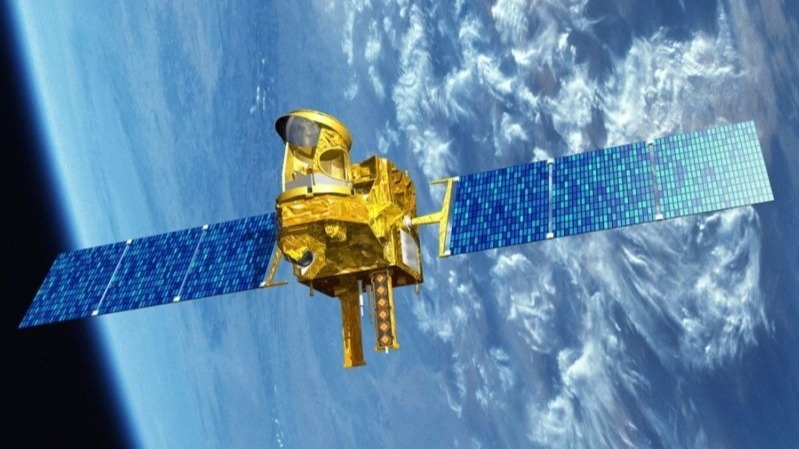Indian Space Research Organisation (ISRO) is gearing up for a challenging experiment of controlled re-entry of a decommissioned low earth orbit satellite, Megha-Tropiques-1 (MT1), on March 7.
MT1 was launched on October 12, 2011, as a joint satellite venture of ISRO and French space agency CNES for tropical weather and climate studies. Although the mission life of the satellite was originally three years, the satellite continued to provide valuable data services for more than a decade supporting regional and global climate models till 2021, the Bengaluru-headquartered space agency noted in a statement on Sunday.
An uninhabited area in the Pacific Ocean between 5°S to 14°S latitude and 119°W to 100°W longitude was identified as the targeted re-entry zone.
“As a responsible space agency committed to safe and sustainable operations in outer space, ISRO proactively takes efforts for better compliance with the UN/IADC space debris mitigation guidelines on post-mission disposal of LEO objects,” read the ISRO brief.
Controlled re-entries involve deorbiting satellites to very low altitudes to ensure impact occurs within a targeted zone. Usually, large satellites or rocket bodies are made to undergo controlled re-entry to limit ground casualty risk whereas all such satellites are made to undergo controlled re-entry at EOL (end of life).
Such re-entries involve deorbiting to very low altitudes to ensure impact occurs within a targeted safe zone.
The re-entry experiment of MT1 has been undertaken as a part of the ongoing efforts as this satellite with sufficient leftover fuel presented a unique opportunity to test the relevant methodologies and understand the associated operational nuances of post mission disposal by direct re-entry into the Earth’s atmosphere, it was stated.
Also Read: https://www.vibesofindia.com/when-will-vibrant-gujarats-biggest-pirana-dumpyard-vanish-nobody-knows/











